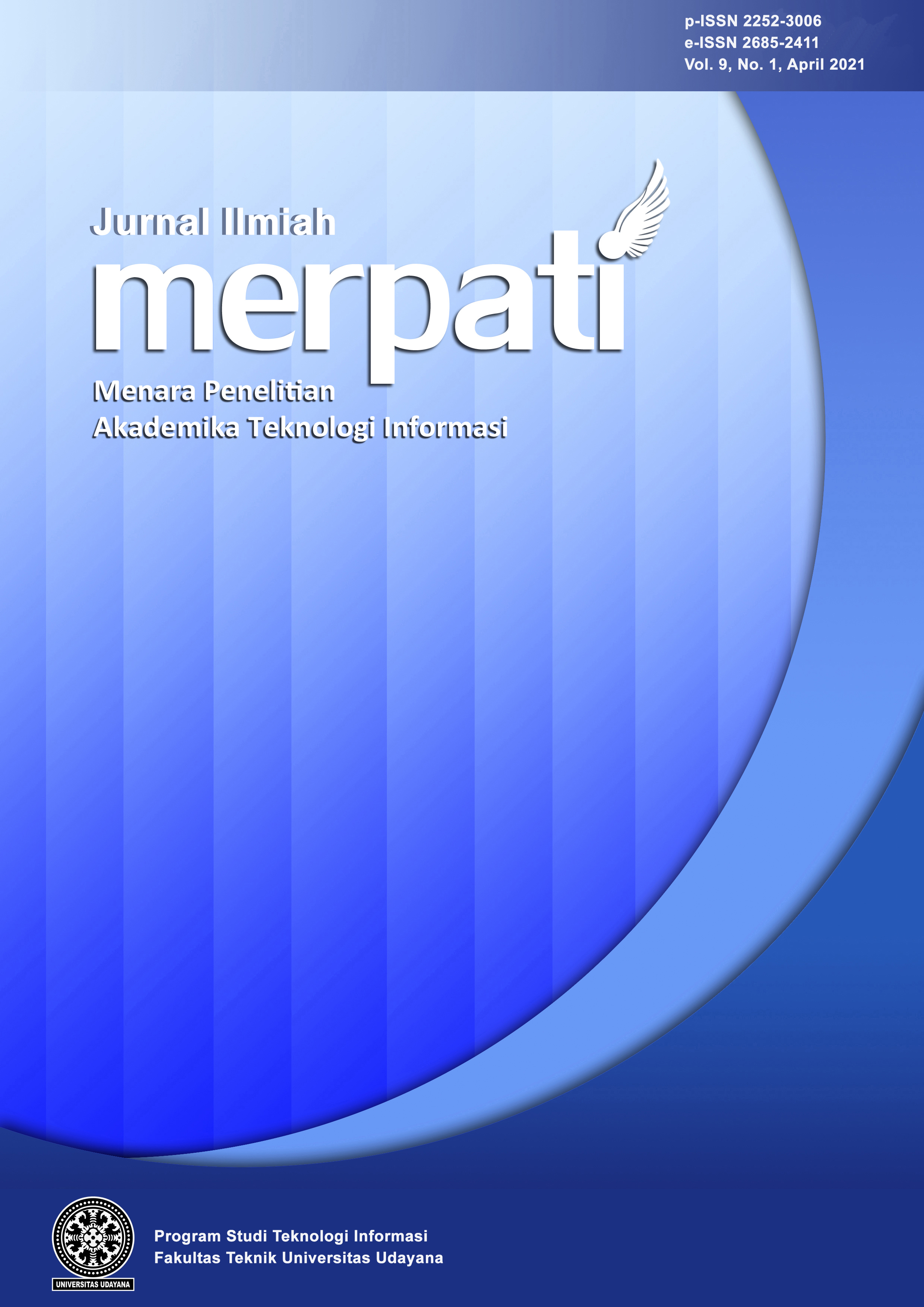Implementing kNearest Neighbor Methods to Predict Car Prices
Abstract
The demand for automotive in Indonesia has never subsided, considering that the human need for transportation greatly affects people's daily lives. Various attempts are made by manufacturers to produce cars of a quality that is comparable to the costs incurred and following market demand. Prediction is a process that can be done to achieve this goal. One of the prediction methods that can be used in this case is the kNearest Neighbor. The prediction process consists of a preprocessing stage that cleans and filters unnecessary variables, followed by a variable multicollinearity test stage with Variance Inflation Factor (VIF). The multicollinearity test found 4 variables that had a specific influence in predicting the VIF value of these variables, respectively 2.22, 2.08, 1.53, 1.10 for Horse Power, Car Width, Highend, and, Hatchback respectively. The four variables of the VIF test results have a positive correlation with the price variable as the dependent variable. The prediction model is made using 4 variables selected based on the VIF test, to determine the accuracy of the method used, the Linear Regression model and, the kNearest Neighbor through the validation test with Mean Absolute Error (MAE) and R2. The kNearest Neighbor method produces an MAE test of 0.06 and R2 results are 0.843. This can be concluded if the overall kNearest Neighbor method has qualified performance in making predictions with continuous value variables or in other words using the concept of regression.







